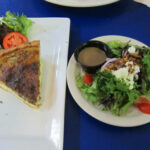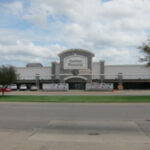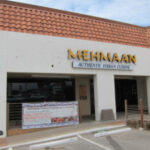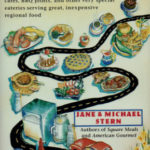
This gallery contains 21 photos.
Last year I did a Best Food of Oklahoma City” article, listing what I thought were the most noteworthy out of quite a few very good experiences I had in various restaurants. This year the great majority of my restaurant … Continue reading





